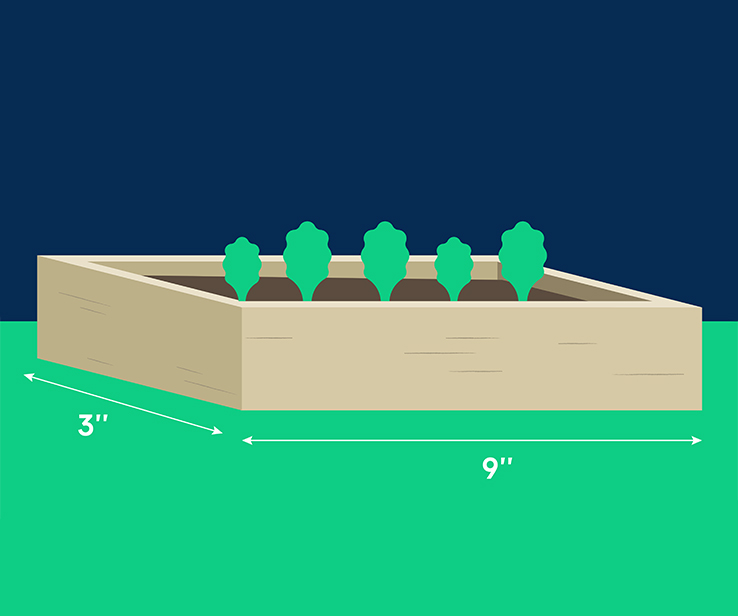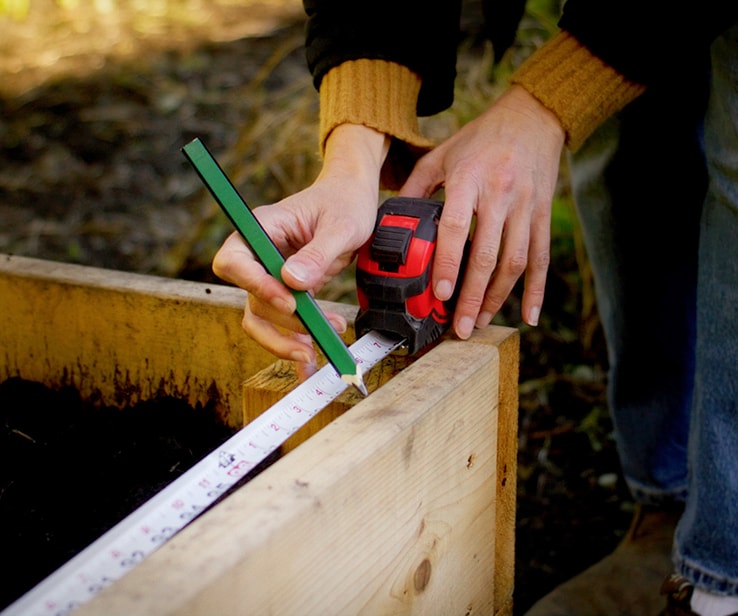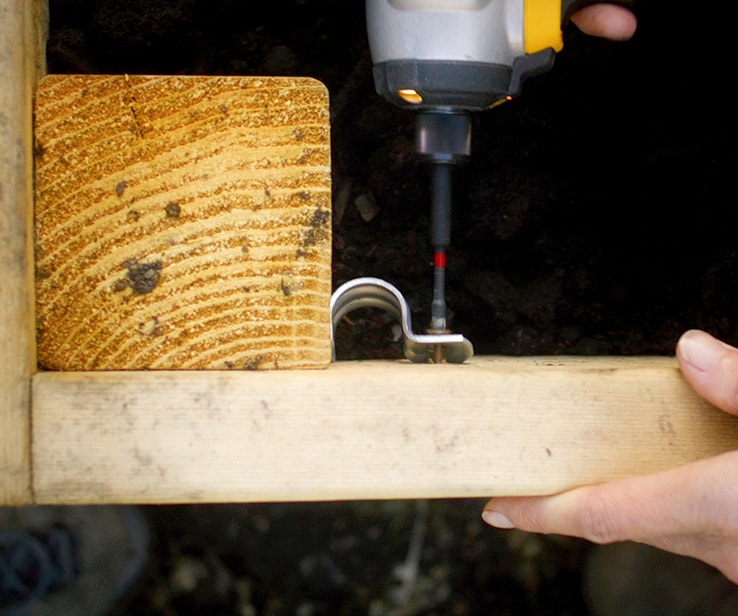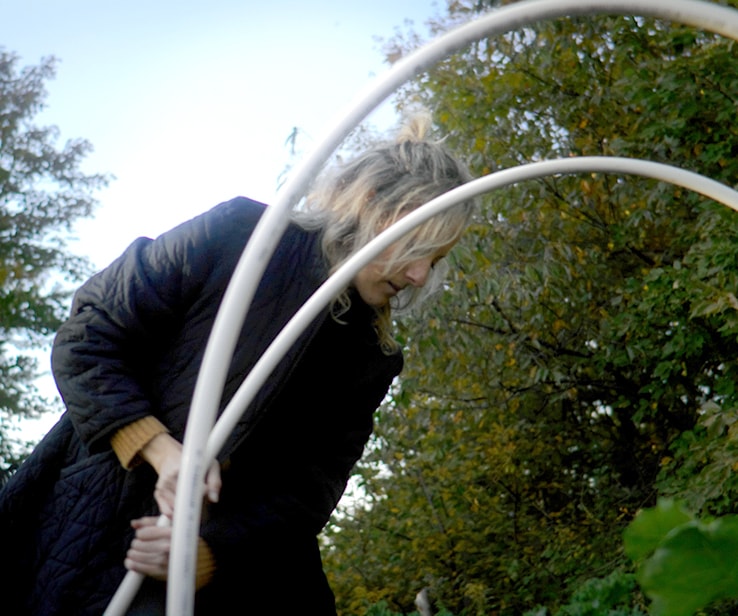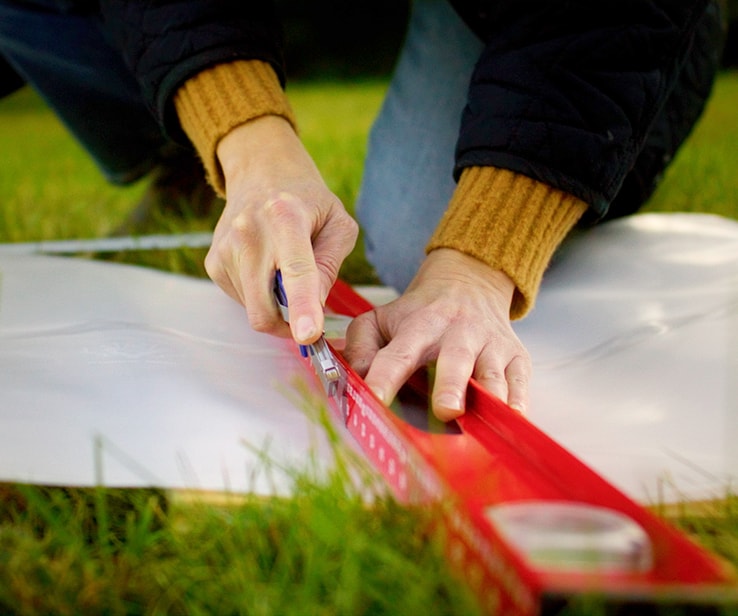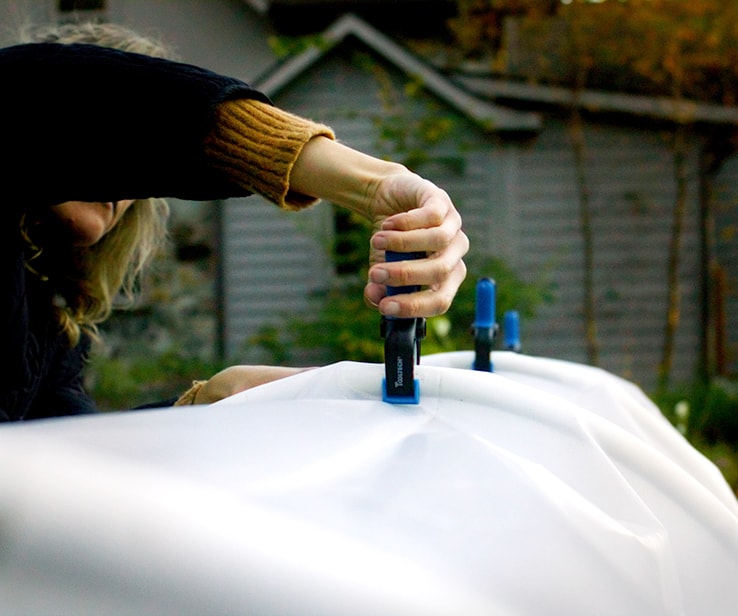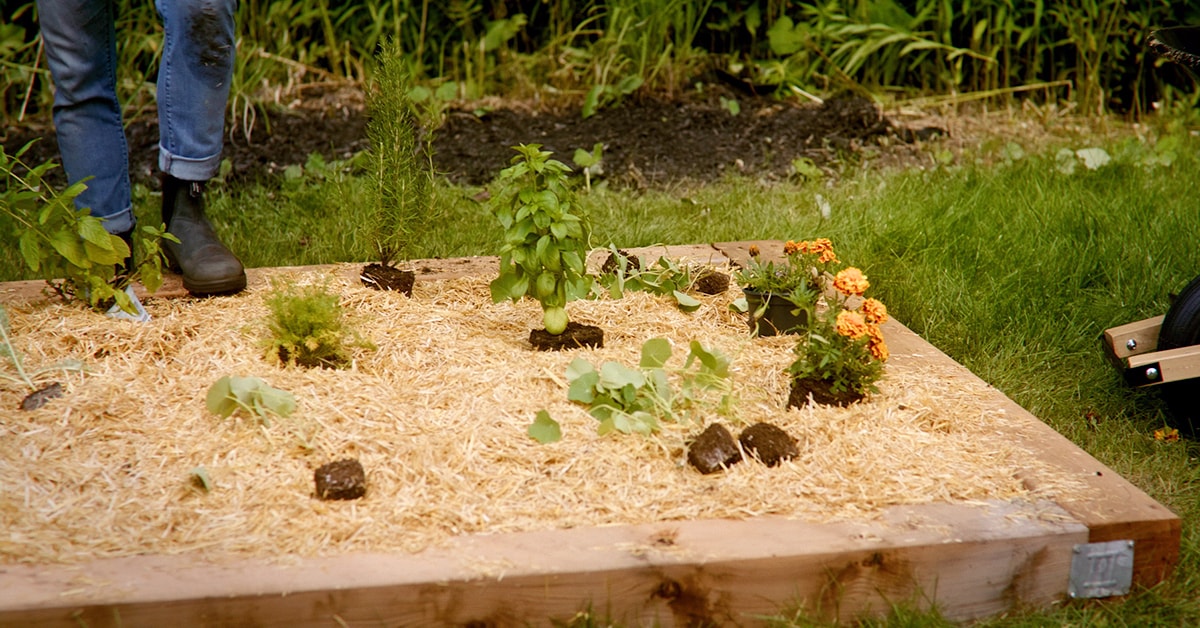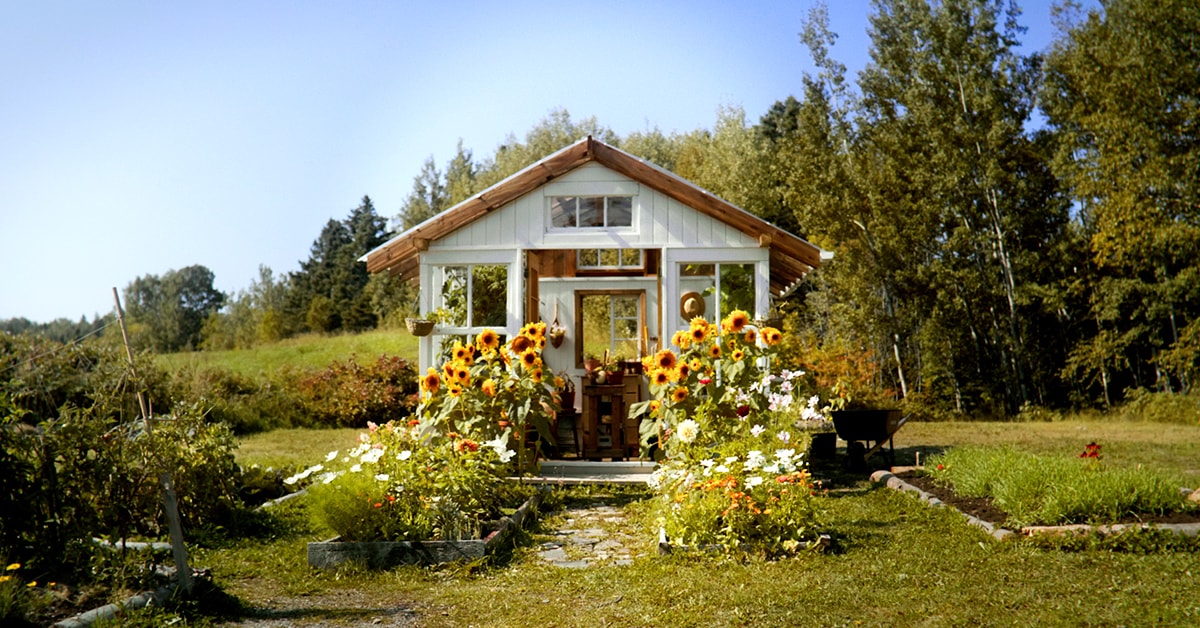Why Use a Grow Tunnel?
- start the growing season 1 or 2 months earlier;
- extend the growing season into the fall and even into winter;
- sow directly under shelter; and
- protect plants from the elements and harmful insects.
A grow tunnel, more affordable and easier to build than a greenhouse, creates a greenhouse effect on a raised bed or directly on the ground. Simply install the arches, slip sheeting over them to create a greenhouse effect, and you're done!










